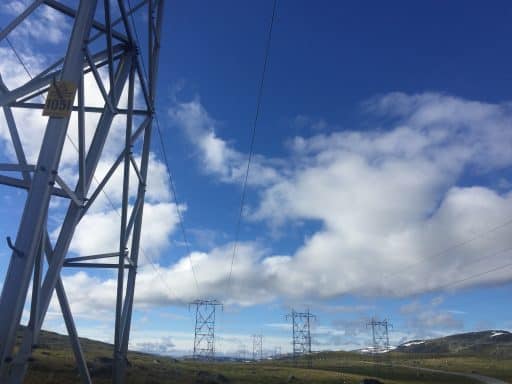Transient faults affecting electricity networks are rarely analysed even though they can provide valuable information about optimal grid operation. Works and studies are finally being undertaken to try to address this.
 85 to 90% of the incidents that affect power grids are known as “momentary” or “transient”. Mostly caused by unexpected natural phenomena such as storms or trees coming into contact with power lines due to the wind, these incidents tend to go unnoticed since power is automatically restored to the line (underground or high voltage).
85 to 90% of the incidents that affect power grids are known as “momentary” or “transient”. Mostly caused by unexpected natural phenomena such as storms or trees coming into contact with power lines due to the wind, these incidents tend to go unnoticed since power is automatically restored to the line (underground or high voltage).
Helping power system operators to better manage disturbances, and to improve performance, reliability, and quality of service.
But the consequences can be serious: “Thanks to system redundancy, the grid is designed to withstand these transient faults. Yet sometimes, a minor event triggers a cascading failure on the network. Equipment or human failure, added to the initial conditions, is usually the cause of major blackouts, as was the case in Italy in 2003,” explains Thierry Baré, Senior Technical Expert of the Energy Transmission and Transformation business line at VINCI Energies.
Collecting and processing data helps address these momentary episodes more effectively. VINCI Energies has developed a software solution called FACES that provides the exact location of a fault on the network, “helping to reduce operating costs and increase quality of service since the element is switched back on quicker,” stresses Thierry. “The software automatically processes the data from all incidents and ensures early detection of hidden faults,” he adds. The FACES system can be used on all types of power transmission grids. Omexom (VINCI Energies) makes the system available to the full range of its customers in Europe, Africa, the Middle East, Australia, New Zealand, Asia, and South America.
https://www.youtube.com/watch?v=UCQcwwBX3qY
Research into transient phenomena is being carried out by specialised laboratories, such as the Polytechnique Montréal engineering school where an industrial chair has developed digital simulation methods for analysing faults. The research activities aim to help power system operators to enhance forecasting of disturbances, and to improve network performance, reliability and quality of service. They will also optimise the integration of renewable energy sources.
“The purpose of this work is to extend current computing and simulation methods to methods that deliver a rapid analysis of operation during disturbances,” says Thierry. “The final step would obviously to be able to cross-check the data, with our data populating their simulator and the simulator immediately providing the ideal solution.”
In both cases, the aim is to boost the efficiency of electricity networks. “Building high voltage lines is becoming increasingly difficult, and underground lines are very expensive. Our system and the chair’s research form part of an integrated approach, which involves taking full advantage of the system to reduce investment and inconvenience and to improve quality of service,” concludes Thierry.
17/10/2017


